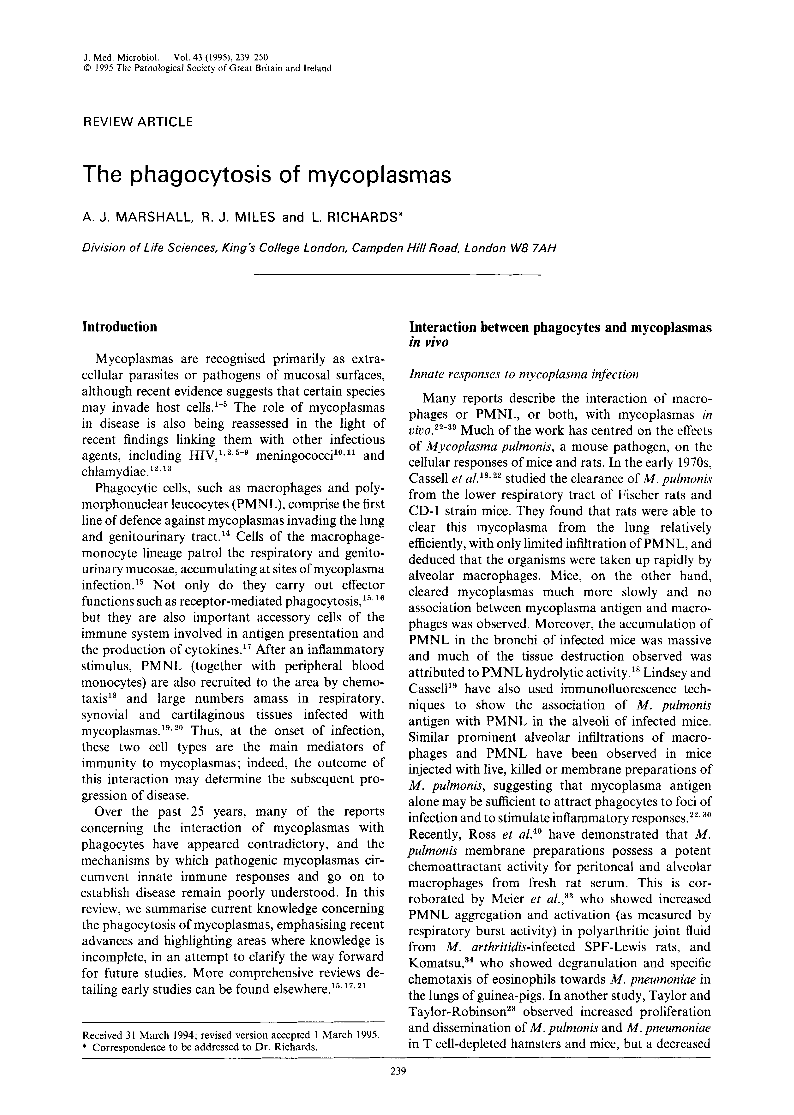
Full text loading...

The phagocytosis of mycoplasmas, Page 1 of 1
< Previous page | Next page > /docserver/preview/fulltext/jmm/43/4/medmicro-43-4-239-1.gif
There is no abstract available.

Article metrics loading...

Full text loading...
References


Data & Media loading...
